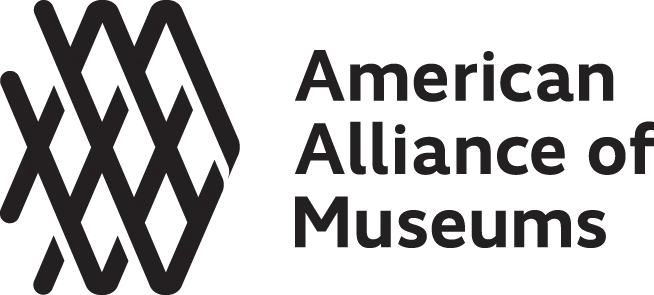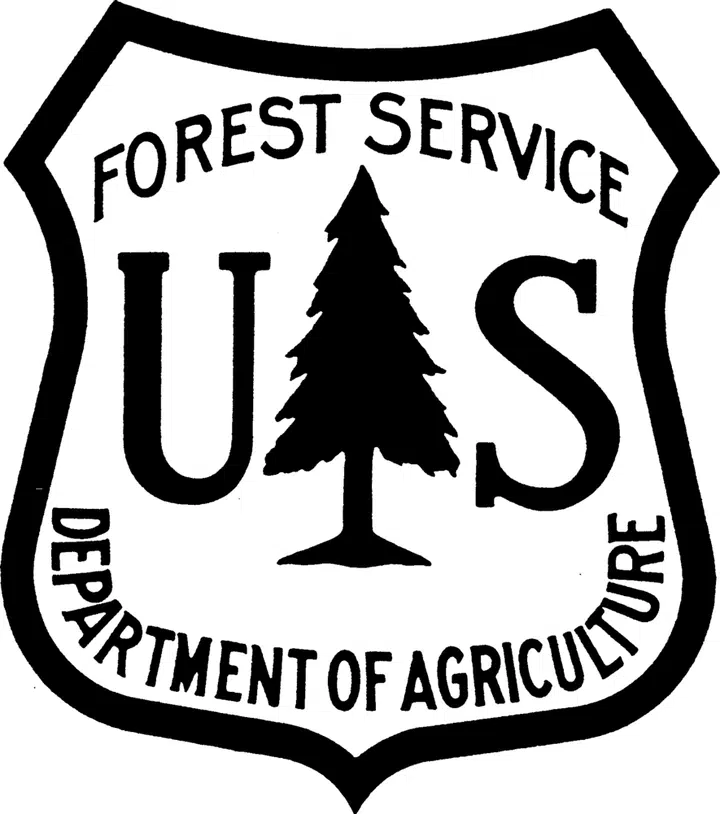
Forests are valuable in many ways.
Are you curious about generating income from your land? It’s possible to do so without compromising the health of your woods – in fact, practices like sustainable timber harvests and the cultivation of high-value forest plants can actually increase woodland health, when done properly. And here’s the good news: in the long run, what’s best economically and what’s best for the forest often overlaps.
Some ways to earn income from the woods:
- Permit hunting or foraging
- Harvest timber sustainably
- Cultivate and sell non-timber forest products such as:
- Maple syrup
- High-value edible or medicinal mushrooms
- Ginseng, black cohosh or other medicinal forest plants
- Firewood (but please only sell locally)
Some ways to offset the costs or taxes of land ownership:
- Cost-share programs such as EQIP (Environmental Quality Incentives Program) offered by NRCS (Natural Resources Conservation Service)
- Tax relief programs such as OFTL (Ohio Forest Tax Law) or CAUV (Current Agriculture Use Value)
- If you have any questions, service foresters or consulting foresters can help you navigate these programs
So where do I start?
The first question you should ask when considering management actions – especially a timber harvest – is, “Have I spoken to a consulting forester?”
If you are considering selling timber, this is an absolute must to get a fair price and ensure the well-being of your forest! Foresters can help you determine answers to questions like, “What am I hoping to leave behind after a timber harvest?” and “Do I need to consider cutting trees, or can I profit from my land in another way?”
Landowners have a few options when it comes to forestry professionals. The most common are government funded service foresters who provide forest management advice and education as a public service, and consulting foresters, who can be hired by individual landowners to help them achieve specific goals.
Generating income from the woods requires a healthy, resilient forest.
Learn more about how to keep your land healthy and diverse, and other essential considerations before launching into forest management, here.
What are my options for income that don’t involve selling timber?
There are many! See our collection of resources about non-timber forest products like shiitake mushrooms and maple syrup here.
Landowners in Ohio also have the option to receive compensation for allowing hunting on their property – which has the ecological benefit of reducing deer pressure on your forest. Learn more about this program here.
What else should I know about Ohio forests and forestry?
If you want to speak to a natural resource professional or consulting forester about your goals, it helps to have some basic terminology. Check out our glossary of common forestry terms.
The first step to determining what you want to do in or with your woods is to understand what’s growing there. Here’s an excellent free Tree ID Booklet and a Searchable Native Tree Species Guide from ODNR.













